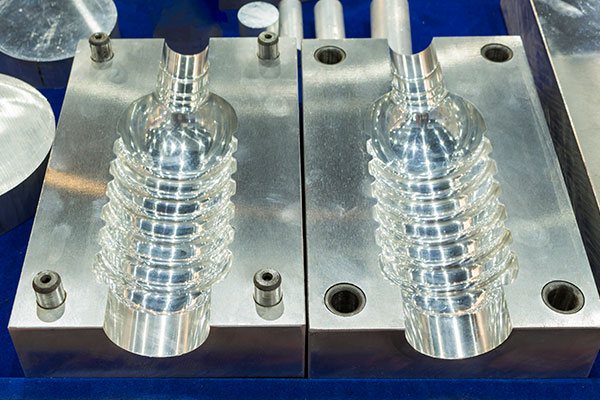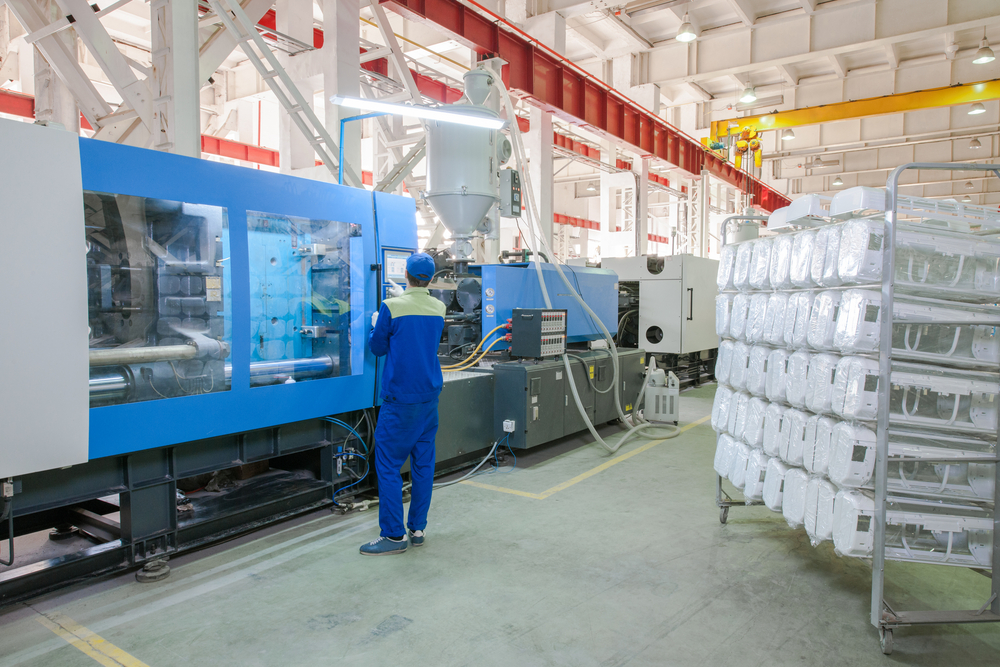Just How Plastic Injection Molding Drives Performance in Automation
Just How Plastic Injection Molding Drives Performance in Automation
Blog Article
Recognizing the Essentials of Plastic Injection Molding Procedures
Plastic shot molding serves as a foundation of modern-day production, providing a methodical strategy to generating complicated components with precision. This process not just encompasses the basic actions of melting and infusing products into molds but also entails a nuanced understanding of various influencing elements, such as temperature level and pressure. As industries increasingly demand effectiveness and top quality, the intricacies of this methodology become a lot more essential. Exploring these important components can disclose how even minor modifications can cause considerable enhancements in manufacturing end results, questioning regarding the capacity for innovation in this recognized procedure.
What Is Plastic Injection Molding?
Plastic shot molding is a widely used manufacturing procedure that transforms thermosetting and polycarbonate materials right into accurate and complex shapes. This method is preferred for its ability to generate high quantities of the same parts with exceptional precision, making it an essential approach in various markets, including automobile, durable goods, and medical devices.
The process entails thawing the picked plastic material and injecting it right into a mold and mildew under high stress. The mold, created to the specifications of the desired component, allows the molten plastic to materialize as it cools down and solidifies. When the product has actually set, the mold and mildew is opened up, and the ended up element is expelled.
Plastic shot molding offers a number of benefits, including minimized waste, uniformity in manufacturing, and the capability to integrate detailed layouts that might be testing with other producing techniques. Furthermore, it sustains a wide series of products, each giving special residential or commercial properties that can be tailored for certain applications. As sectors continue to introduce, plastic shot molding continues to be at the leading edge, making it possible for the advancement of advanced items that meet advancing customer needs.
The Injection Molding Process
The shot molding process is an innovative strategy that includes a number of vital phases to produce high-grade plastic parts. Plastic pellets are fed into a heated barrel where they are thawed into a thick liquid. This molten plastic is then infused under high pressure into a precision-engineered mold and mildew, which shapes the product into the desired type.
As soon as the mold and mildew is filled up, the plastic is allowed to cool down and strengthen, taking the form of the mold and mildew tooth cavity. Cooling time is vital, as it influences the cycle time and the final residential properties of the shaped part. After enough cooling, the mold and mildew opens, and the completed component is expelled using ejector pins.

Materials Made Use Of in Shot Molding
Numerous products can be utilized in the injection molding process, each offering distinct buildings that accommodate details applications. One of the most commonly used products consist of thermoplastics, thermosetting plastics, and elastomers.

Thermosetting plastics, like epoxy and phenolic resins, go through a chemical change during the treating procedure, leading to a stiff, stringent framework. These products are ideal for applications calling for high warm resistance and architectural stability, usually made use of in auto parts and electric insulators.
Elastomers, consisting of silicone and rubber-based products, give flexibility and resilience. Their one-of-a-kind homes make them suitable for applications that demand elasticity, such as seals and gaskets.
In addition, specialty materials like bio-based plastics and composites are getting traction for their ecological advantages and enhanced efficiency attributes, widening the range of injection molding applications in numerous sectors. Understanding the properties of these materials Get the facts is crucial for choosing the appropriate kind for details projects.
Benefits of Shot Molding
Injection molding stands apart as a highly reliable manufacturing procedure that supplies various advantages for creating complicated parts with accuracy. One of the most substantial advantages is the capacity to create complex layouts that would certainly be impossible or challenging to attain with other methods (Plastic Injection Molding). The process permits tight resistances and in-depth functions, making sure top notch components
Furthermore, injection molding is understood for its rapid manufacturing capabilities, making it an excellent selection for high-volume production. As soon as the mold is created, components can be produced quickly, decreasing lead times and enhancing overall performance. This efficiency not only lowers production expenses however likewise gives a competitive edge on the market.
The flexibility of products utilized in shot molding even more enhances its appeal. A variety of thermoplastics and thermosetting check it out polymers can be used, permitting makers to select products that finest satisfy their particular demands, including warmth, toughness, and versatility resistance.
Moreover, the procedure decreases waste, as excess product can frequently be recycled and recycled. This sustainability element adds to a reduced ecological influence, making injection molding an accountable production choice. In general, the benefits of injection molding make it a favored technique for several industries.
Aspects Influencing Product Quality
While various elements can affect item top quality in shot molding, understanding these aspects is essential for achieving optimum results. Key aspects include material option, processing specifications, and mold and mildew design.
Material choice plays a crucial duty, as different polymers display unique residential or commercial properties that impact flowability, stamina, and thermal security. Poor product selection can cause flaws such as bending or insufficient filling.
Processing criteria, consisting of pressure, cycle, and temperature level time, have to be diligently regulated. Variations in these settings can cause incongruities partially dimensions and surface area coating. Exceedingly high temperature Get More Info levels may cause degradation of the polymer, while poor pressure can result in brief shots.
Mold and mildew style is equally vital, as it establishes the flow of the molten plastic and the cooling process. Badly designed mold and mildews might result in irregular air conditioning prices, leading to residual stresses and dimensional inaccuracies.

Final Thought
To conclude, plastic shot molding acts as an essential production procedure that enables the effective manufacturing of top notch elements. Mastery of the injection molding process, including the understanding of materials and the impact of numerous aspects on item top quality, is crucial for attaining optimum outcomes. The benefits of this technique, such as cost-effectiveness and design flexibility, additional underscore its significance throughout numerous industries, solidifying its condition as a recommended selection for high-volume production.
Plastic injection molding offers as a foundation of contemporary production, giving a systematic strategy to creating complex parts with precision.Plastic shot molding provides several advantages, including reduced waste, uniformity in production, and the ability to integrate intricate layouts that may be testing with various other producing methods (Plastic Injection Molding). As sectors continue to introduce, plastic injection molding remains at the leading edge, enabling the advancement of innovative items that fulfill progressing consumer demands
The shot molding process is an innovative method that entails several vital stages to generate premium plastic elements.In conclusion, plastic shot molding offers as a vital production procedure that allows the effective manufacturing of premium parts.
Report this page